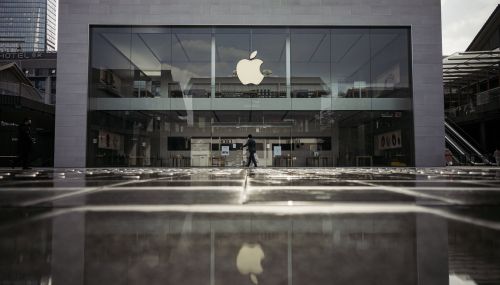From Chaos to Control: The Evolution of Apple's Device Management Tech Stack

Apple's Journey in Modern Device Management
Background and Challenges
Before the iPad, Apple had found success in K-12 education with cart-based learning using MacBooks. However, the introduction of the iPad at a price point of $499 sparked a mobility revolution, making it popular among students and teachers. Managing iPads on a large scale, however, was a significant logistical challenge for IT teams. Apple’s initial device management infrastructure was inadequate, leading to clunky processes for app installation, iOS updates, and device setup.
Early Steps
- Volume Purchase Program (VPP) 2011: Introduced to help schools purchase and distribute apps in bulk. Although promising on paper, it faced scalability issues due to the manual process of distributing app codes from spreadsheets.
- Apple Configurator 2012: A macOS app that allowed IT administrators to configure multiple iPads simultaneously, streamlining tasks like installing apps and managing profiles. Despite being an improvement, it was still clunky for large-scale deployments.
Key Developments
- Device Enrollment Program (DEP) 2014: Automated the setup of iPads and Macs by enrolling devices directly out of the box based on their serial numbers. This laid a foundational step forward in device management.
- Apple School Manager & Apple Business Manager 2018: Unified VPP and DEP features into a single interface, simplifying device management, app distribution, and licensing. These platforms also addressed significant pain points like over-the-air (OTA) app licenses and the creation of Managed Apple IDs for students, teachers, and employees.
Zero-Touch Deployments and Beyond
By the end of the decade, Apple had transformed its device management tools from a major frustration to an efficient and reliable system. Zero-touch deployments became straightforward, and the known best practices for managing Apple devices at scale were well-established. The work done by Apple’s enterprise product and engineering teams in the 2010s was crucial for the company's enterprise revenue growth.
Conclusion
Apple’s journey in building its modern device management tech stack is a testament to the company’s ability to adapt and innovate, ultimately making it easier for schools and businesses to deploy and manage Apple devices.
Latest News

xBloom Studio: The Coffee Maker That Puts Science in Your Cup
6 months ago

Moto Watch Fit Priced at $200: Is It Worth the Cost for Fitness Enthusiasts?
6 months ago

iOS 18's Subtle but Significant Privacy Boost: Granular Contact Sharing Control
6 months ago

Walmart Unveils Onn 4K Plus: The Affordable $30 Google TV Streaming Device
6 months ago

Judge Forces Apple to Comply: Epic Games' Fortnite Returns Hinge on Court Order
6 months ago

OnePlus Unveils the ‘Plus Key’: Is It Just an iPhone Knockoff or Something Revolutionary?
6 months ago